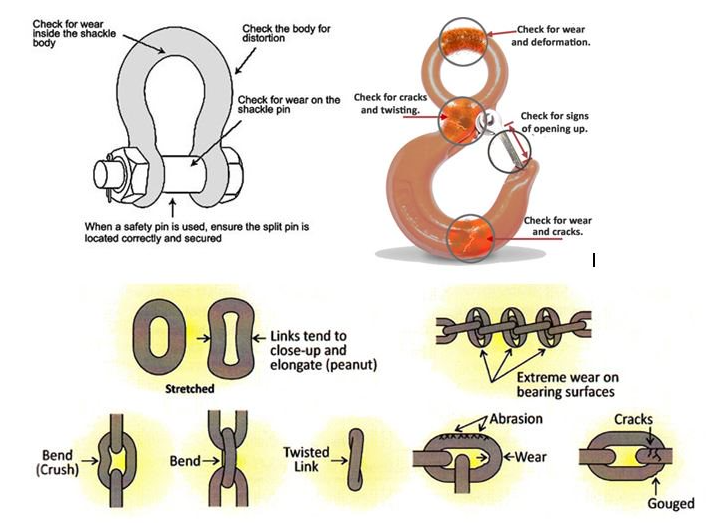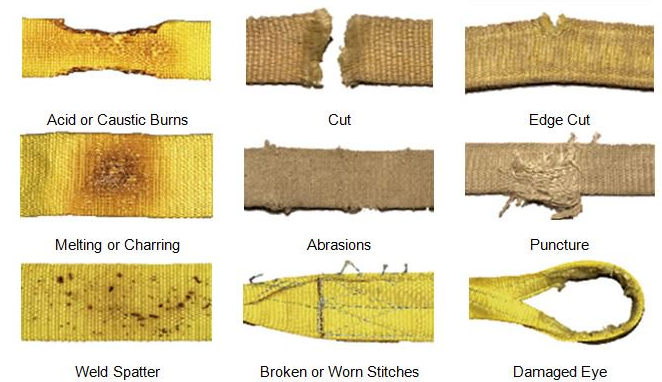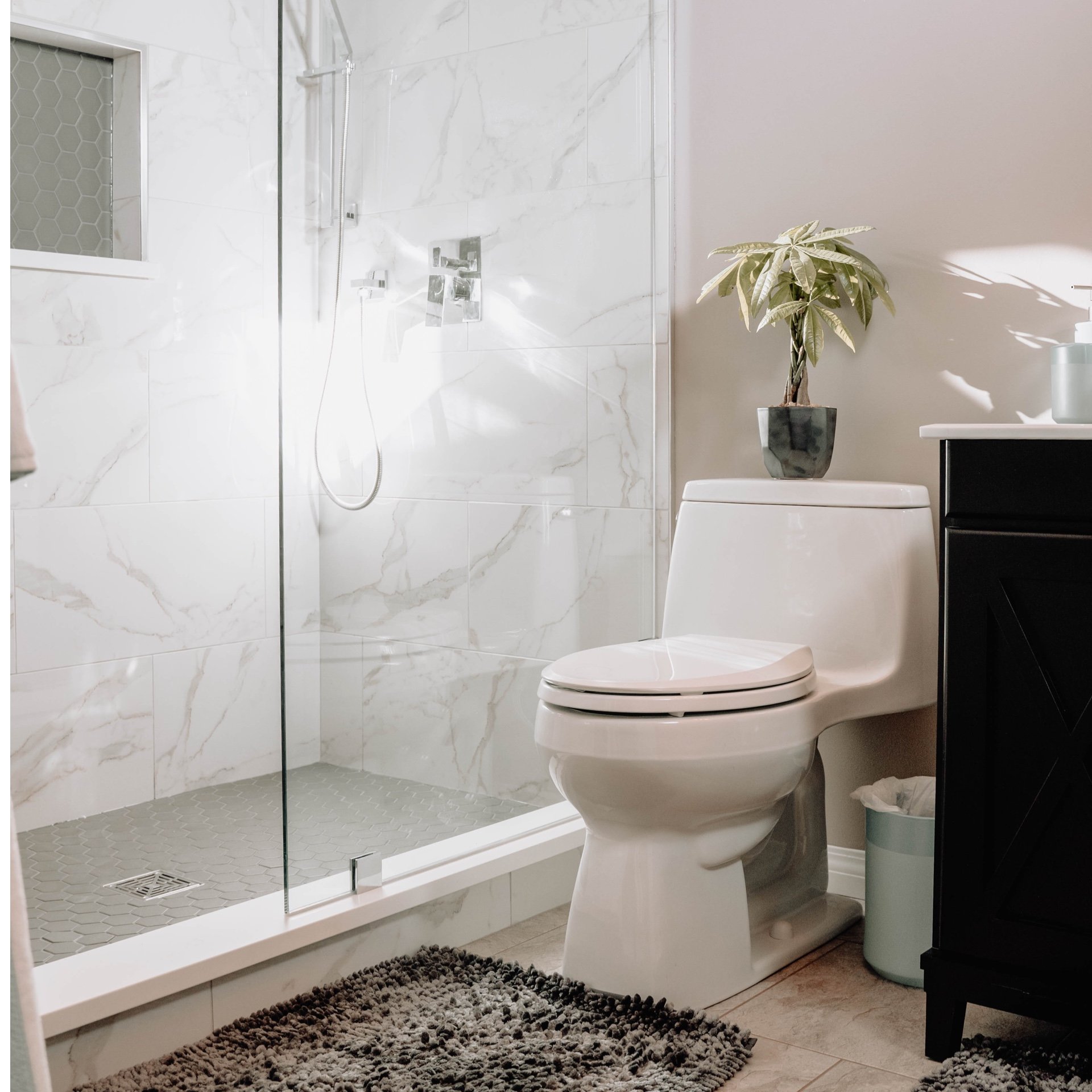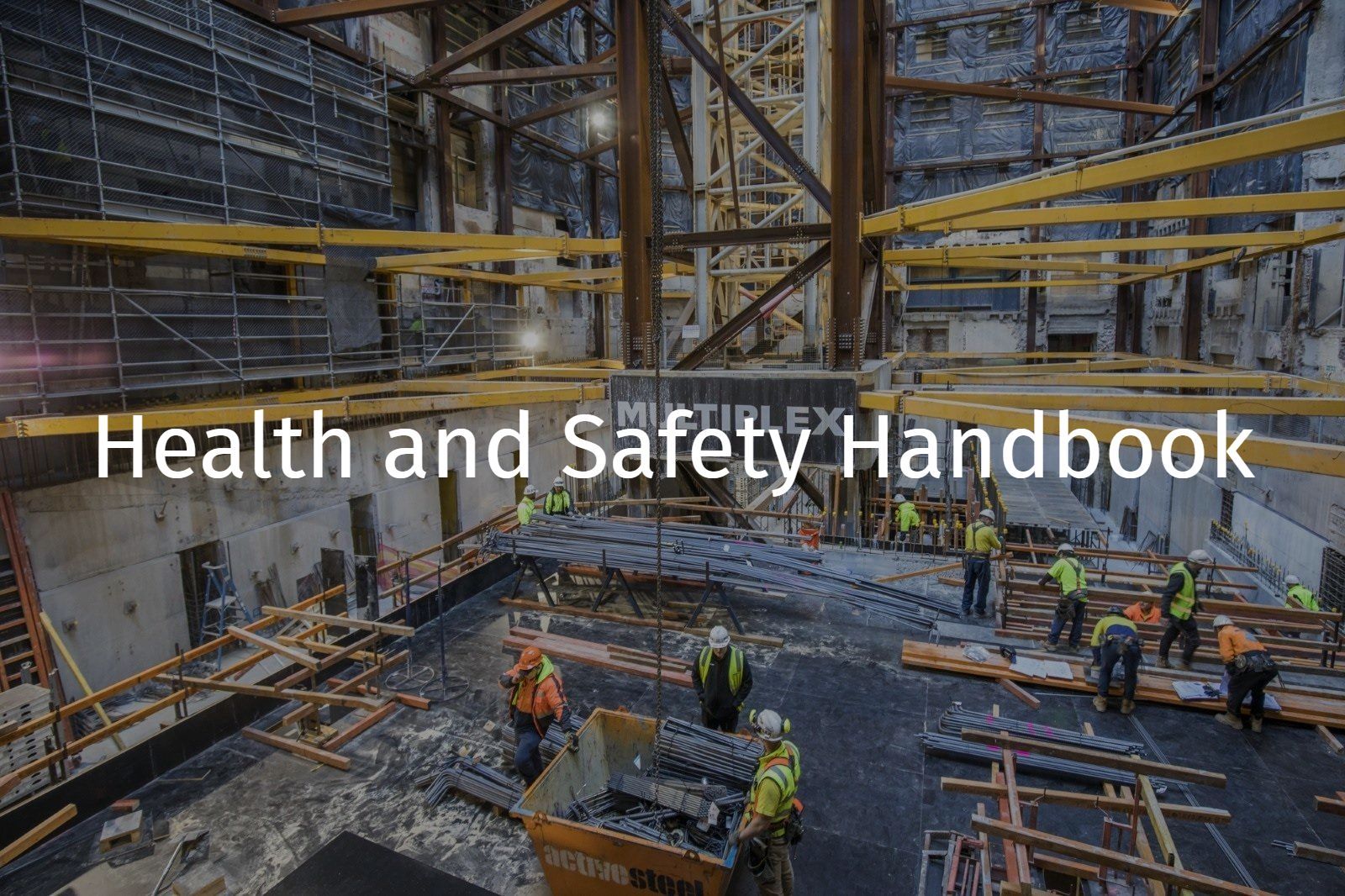Lifting Equipment (Slings, chains, shackles, bins stillages, cages etc.)
References: R Record keeping requirement | E An engineering/certification requirement | P A permit to work requirement | S A safe work method statement (SWMS) / written plan
Informative
Lifting Gear & Inspections
References: R Record keeping requirement | E An engineering/certification requirement | P A permit to work requirement | S A safe work method statement (SWMS) / written plan
Operational
All slings, chains and associated rigging equipment must be maintained in good working order and be duly identifiable, tagged or stamped with the SWL and details recorded on a lifting equipment register.
R Documented evidence of test records or engineering analysis must be provided for all bins, kibbles, stillages, cages, slings etc. used for lifting, the frequency of the tests & inspections must be in accordance with the relevant Australian Standard, refer to:
All slings, chains should be stored off the ground / floor, and without contact with any surface that may corrode during use; preferably on gratings, racks, stands or special coil pegs or on pallets or gratings or similar.
Chains, hooks, slings, shackles, stillages etc. must be visually inspected prior to use, refer to:
- Figure: Damaged lifting equipment – Examples below

R MPX / subcontractors must maintain a lifting equipment register for their lifting equipment.
Damaged lifting equipment must be removed from service, and tagged out.
As far as is practicable tag lines of dry, clean fibre rope should be used to control crane loads
- It is recommended that tag lines are a minimum diameter of 16 mm and nonconductive
Bins, kibbles, stillages and cages and other containers. used for lifting materials must have the following clearly marked
- Identification of the manufacturer (and model, where applicable)
- Identification number
- Tare mass, where it exceeds 50 kg
- SWL or working load limit (WLL)
Where lifting polypropylene bags (i.e. flexible intermediate bulk containers - FIBC):
- Singlelift FIBC or similar are not permitted to be lifted other than from a vehicle to the ground
- Multilift FIBC are not permitted to be lifted above any person’s head
- FIBC must be placed in bins / skips or similar prior to lifting overhead.
Fabric slings must be stored in accordance with the manufacturers recommendations and at locations that have the following meet the following conditions:
- Clean and free from dirt and grit.
- Dry and ventilated, to prevent condensation
Slings must be withdrawn from service where the following faults or similar are identified:
- The label is illegible or missing.
- A protective coating has been damaged
- The show signs as per diagram below
Lifting equipment must be identified and removed from service if it is damaged or outside the defined inspection date.

Legal and Other Requirements
- AS 4991 Lifting devices
- Tower Crane Code of Practice (Qld) 2017
- Mobile Crane Code of Practice (Qld) 2006
Document Control
Version 1 August 2019 – New Standard







